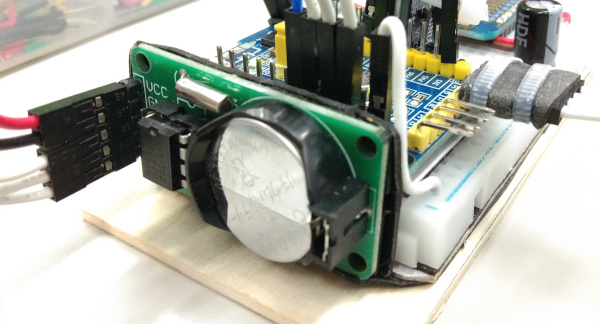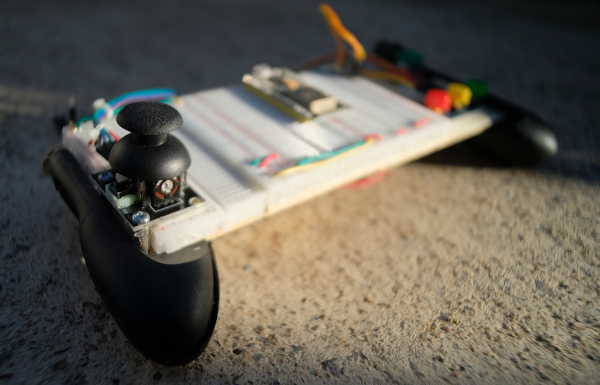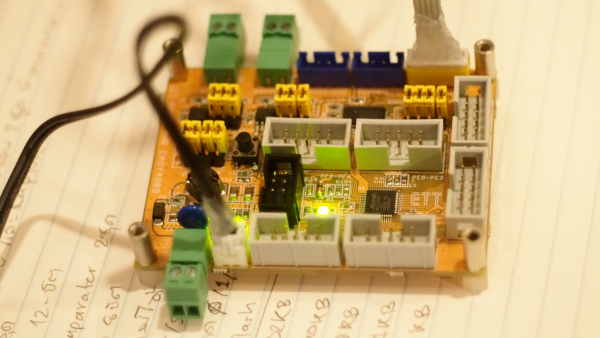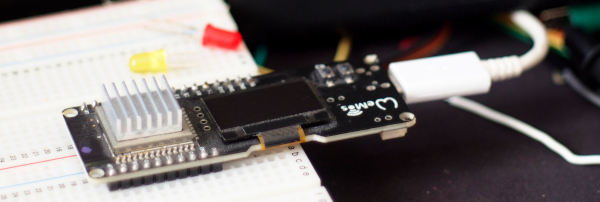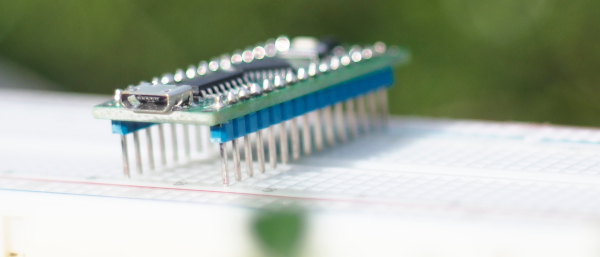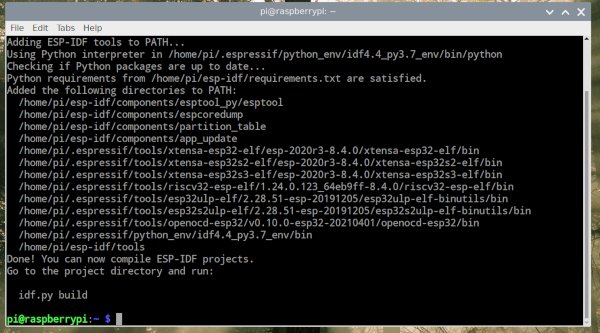[EN] Arduino : DHT Sensor
This article describes how Adafruit’s DHT Sensor library is compatible with all Arduino-compatible architectures, making it easier to deploy DHT sensors for humidity and temperature readings across multiple platforms. This article has tested with ESP32, ESP8266, Arduino UNO and stm32f103c and found that it can be used without modifying the code in the working part or having to modify the source code to make it compatible with the platform.

